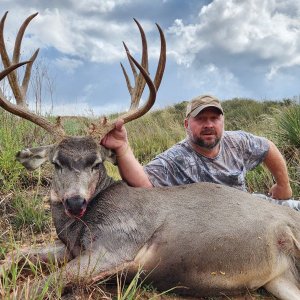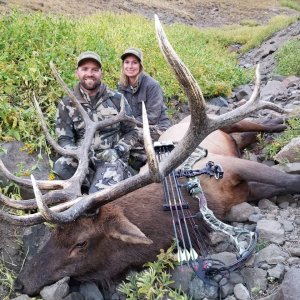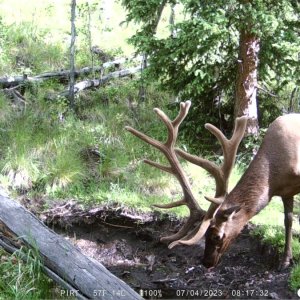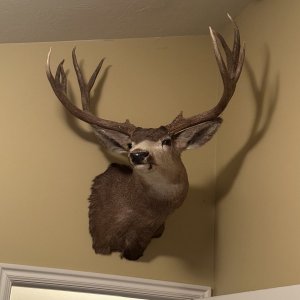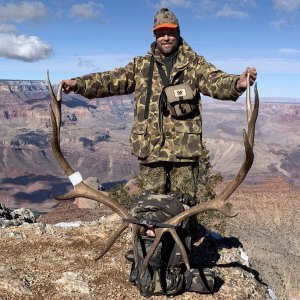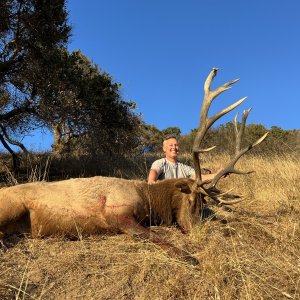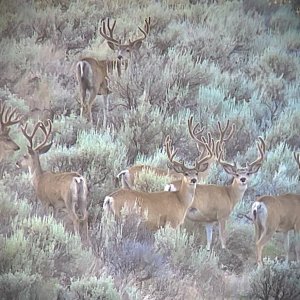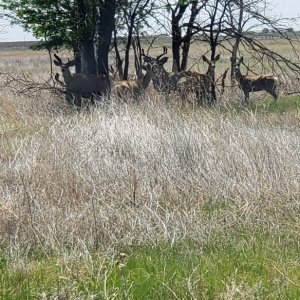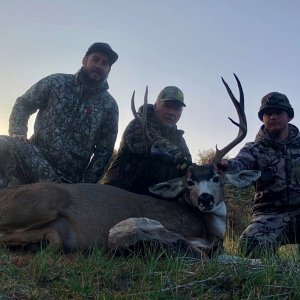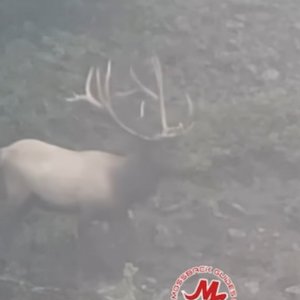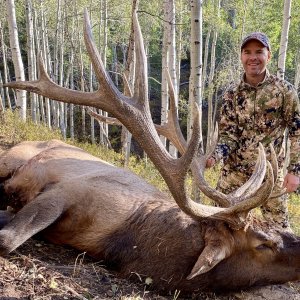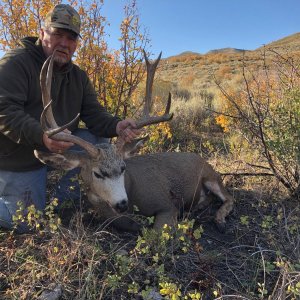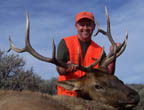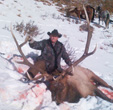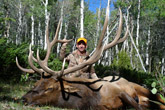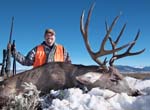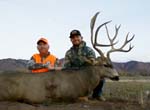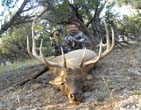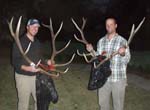W
wannabeelkhntr
Guest
Greetings MM folks. I have been enjoying this site as a spectator for a year or two, but finally decided to participate. I am going on a CO archery elk hunt in sept. For whatever reason, I can never get a grasp on the concept of mountain thermals and what they do and at what times of day they go up or down. When they move, do they create a breeze that a person can feel, or does the air mass create more of a drift effect? The wind in the mtns is soooooo unpredictable and I have probably loust up more opportunities that I didn't even know existed because the game caught wind of me before I was anywhere in the neighborhood.
Thanks for your input.
GR
Thanks for your input.
GR

